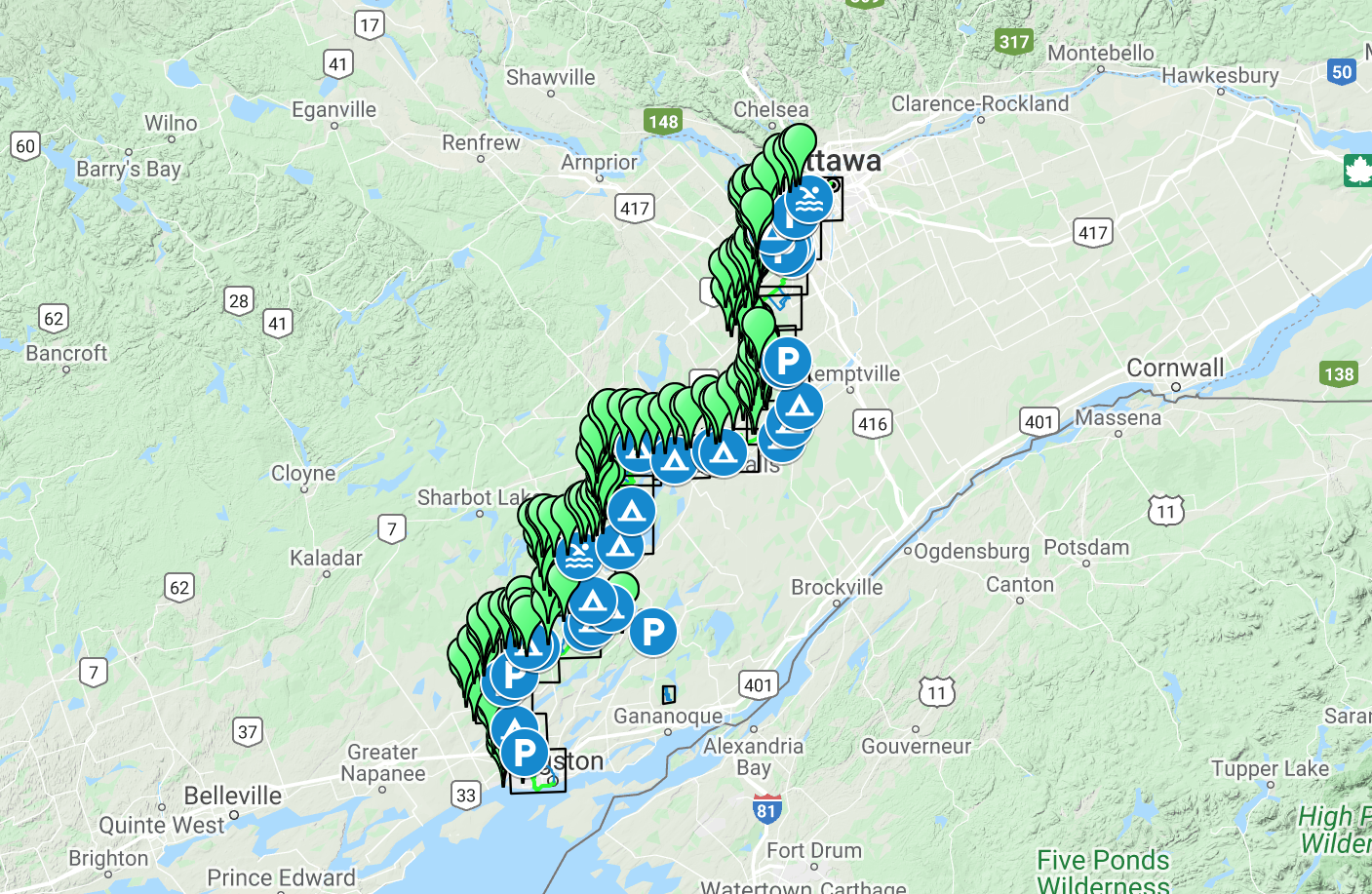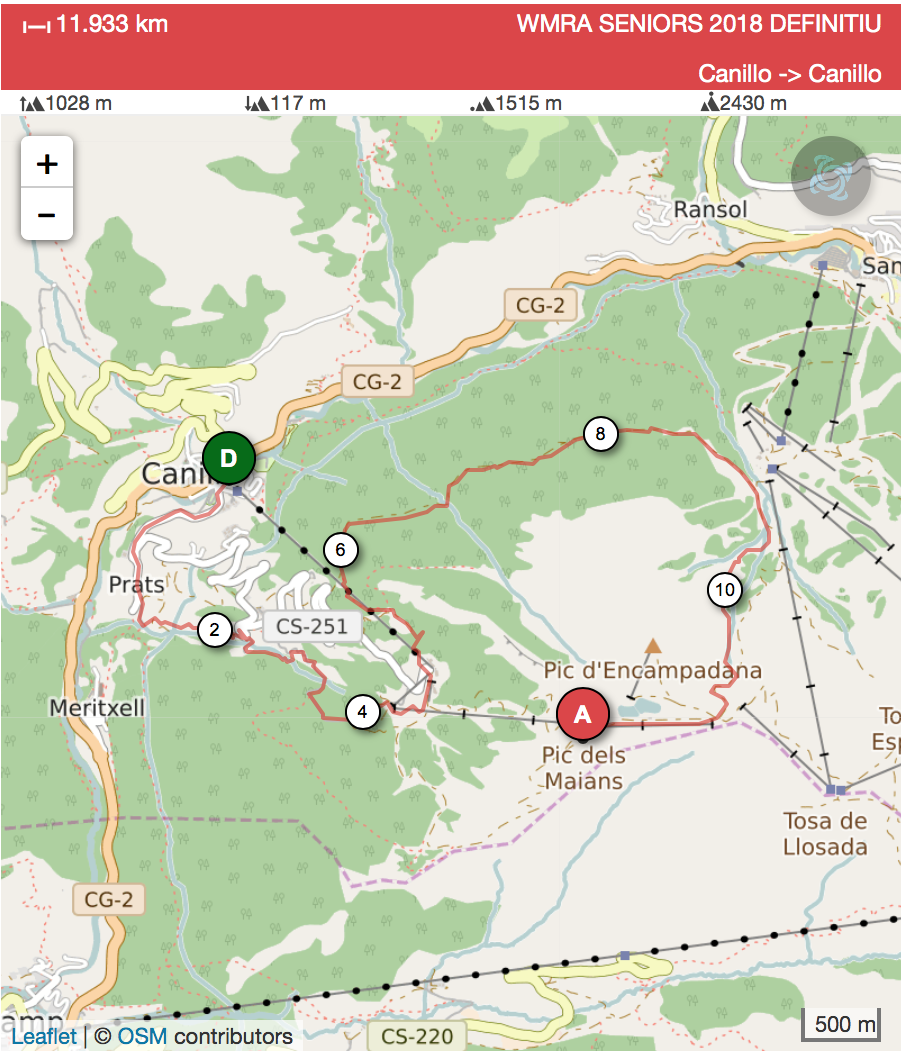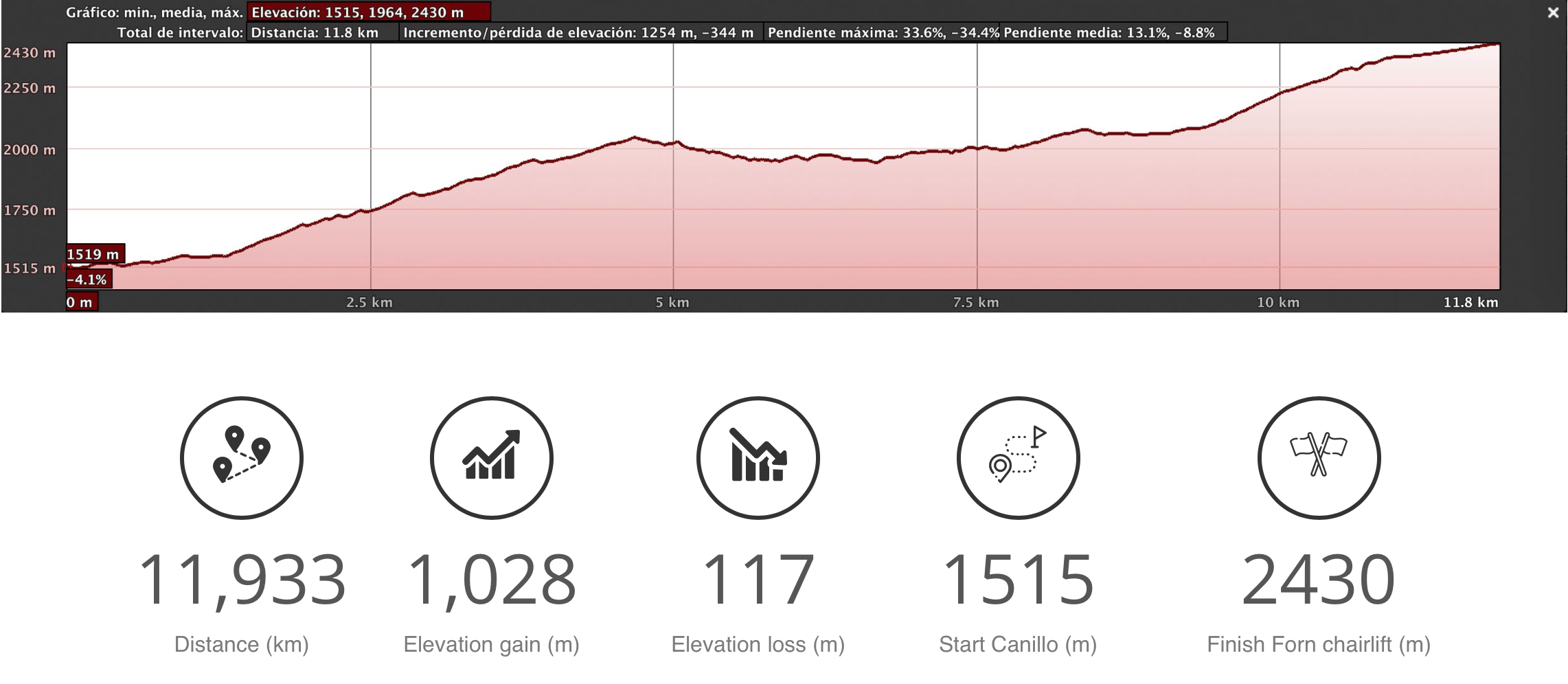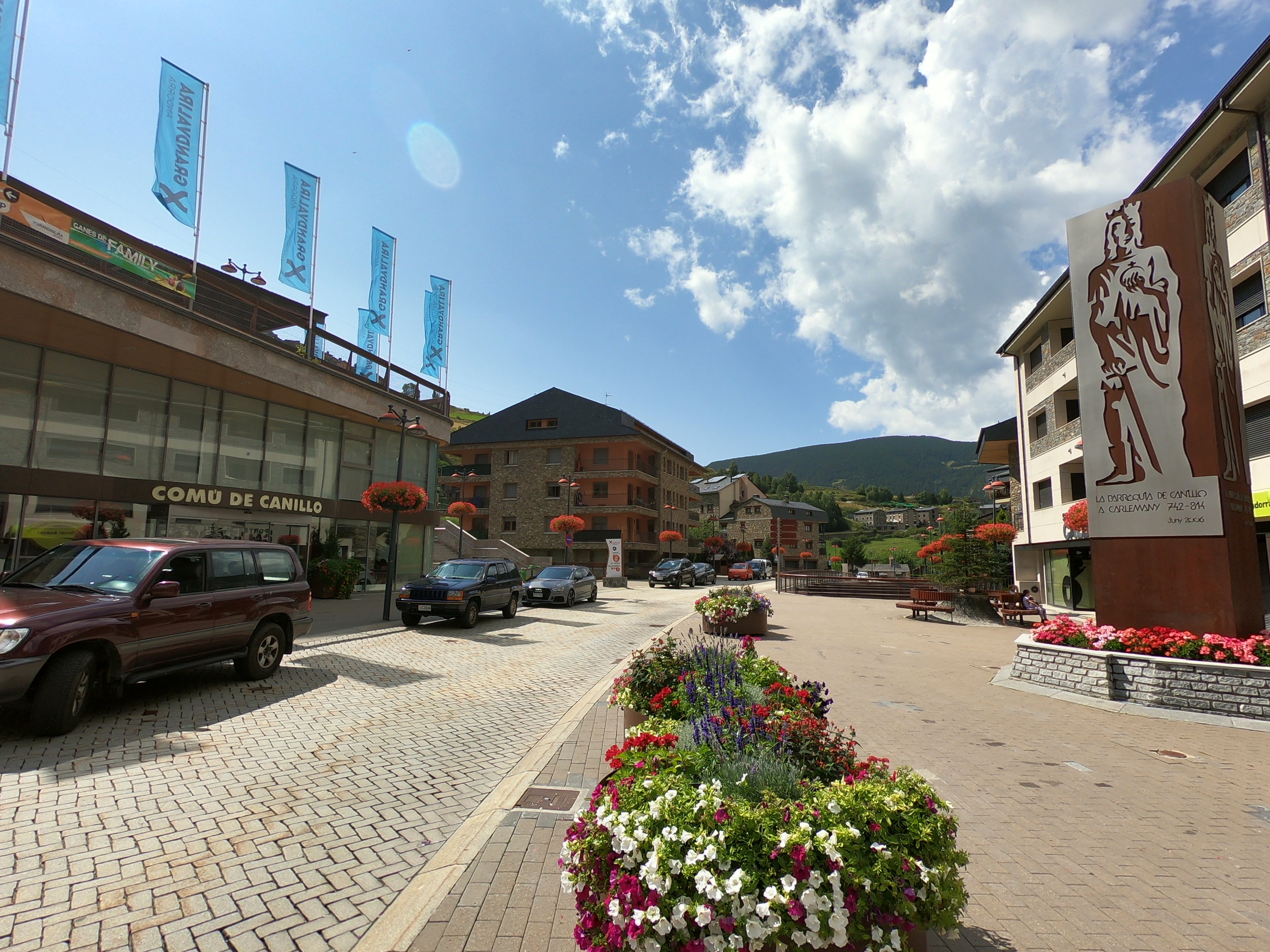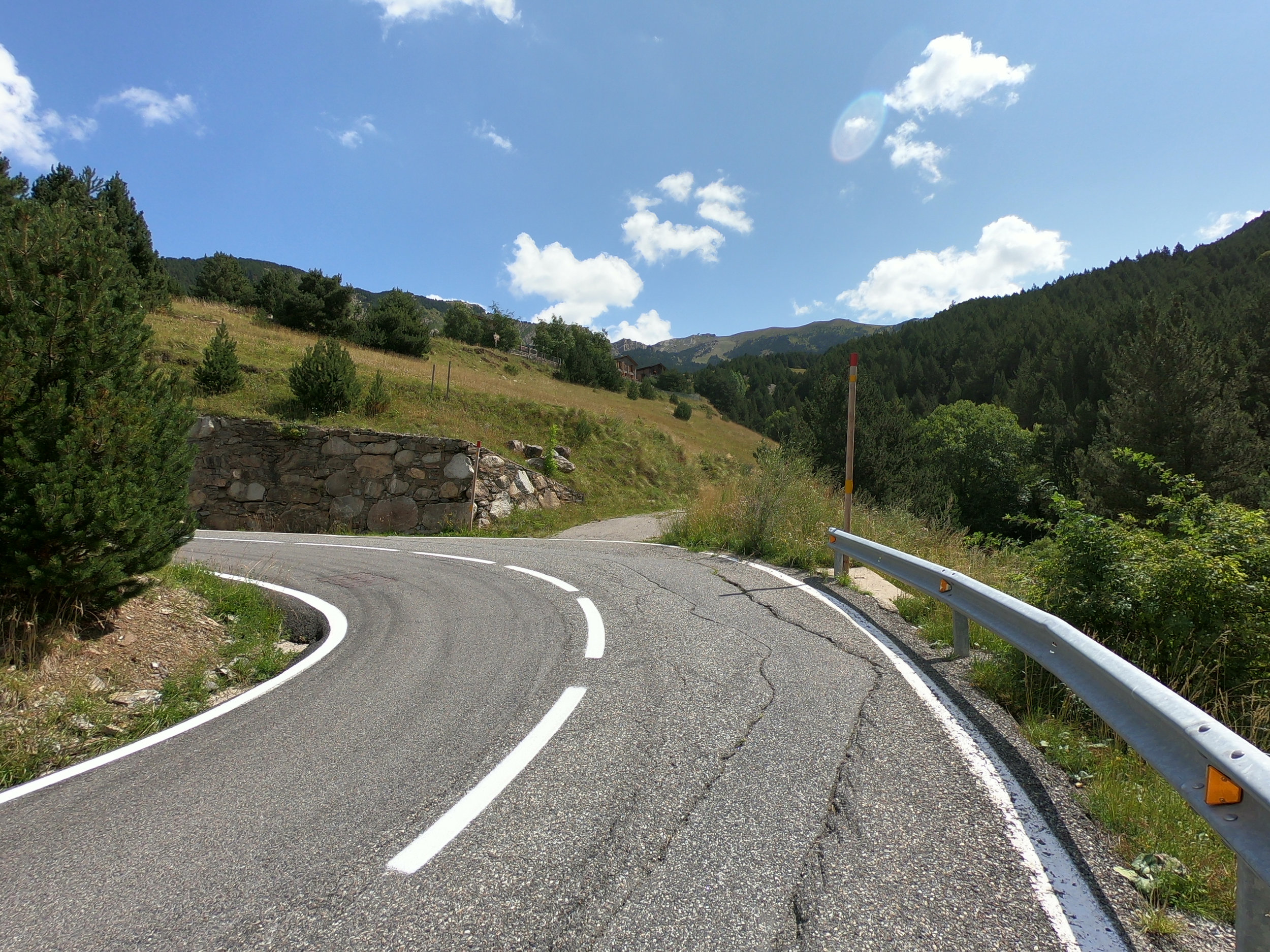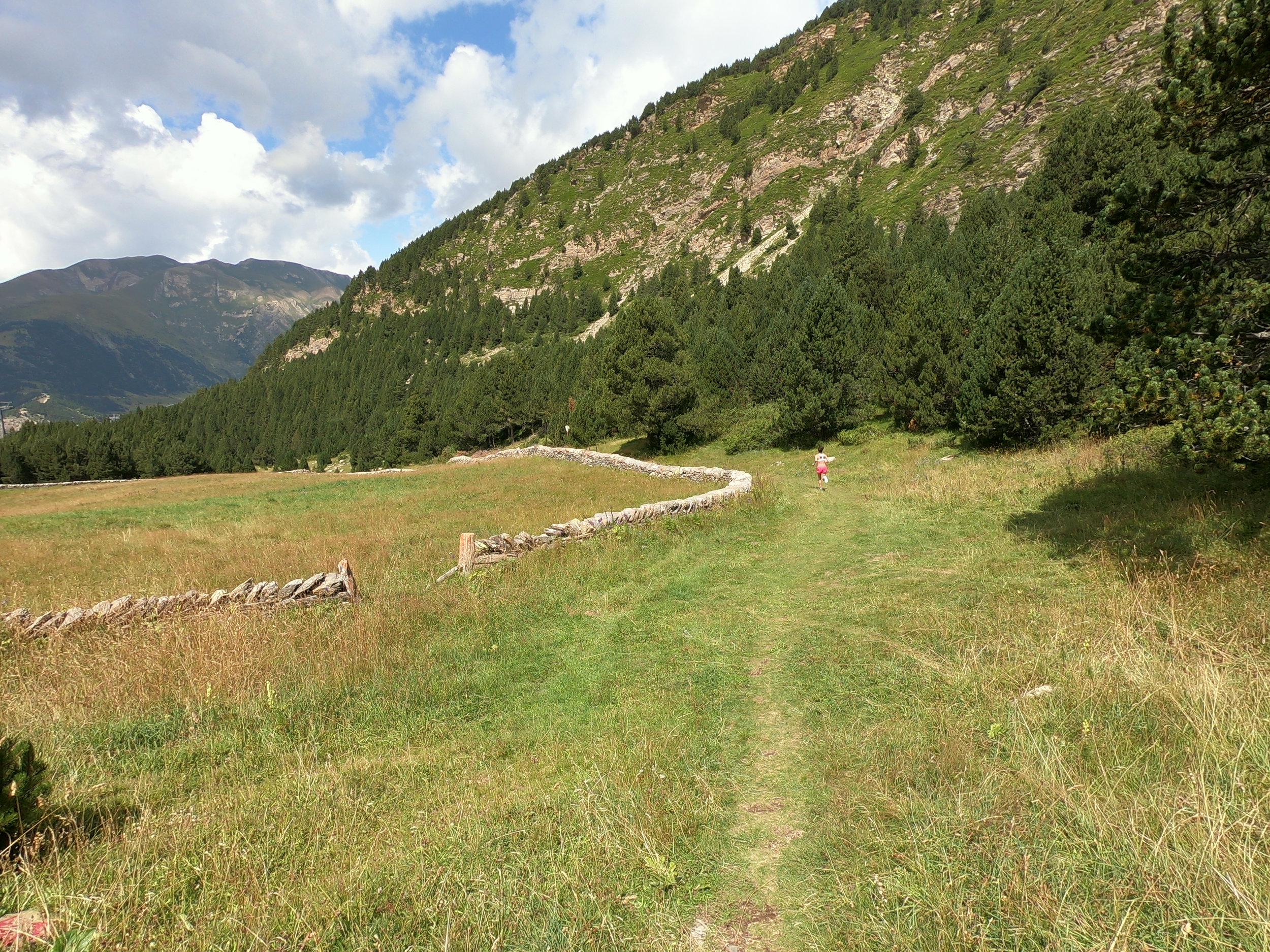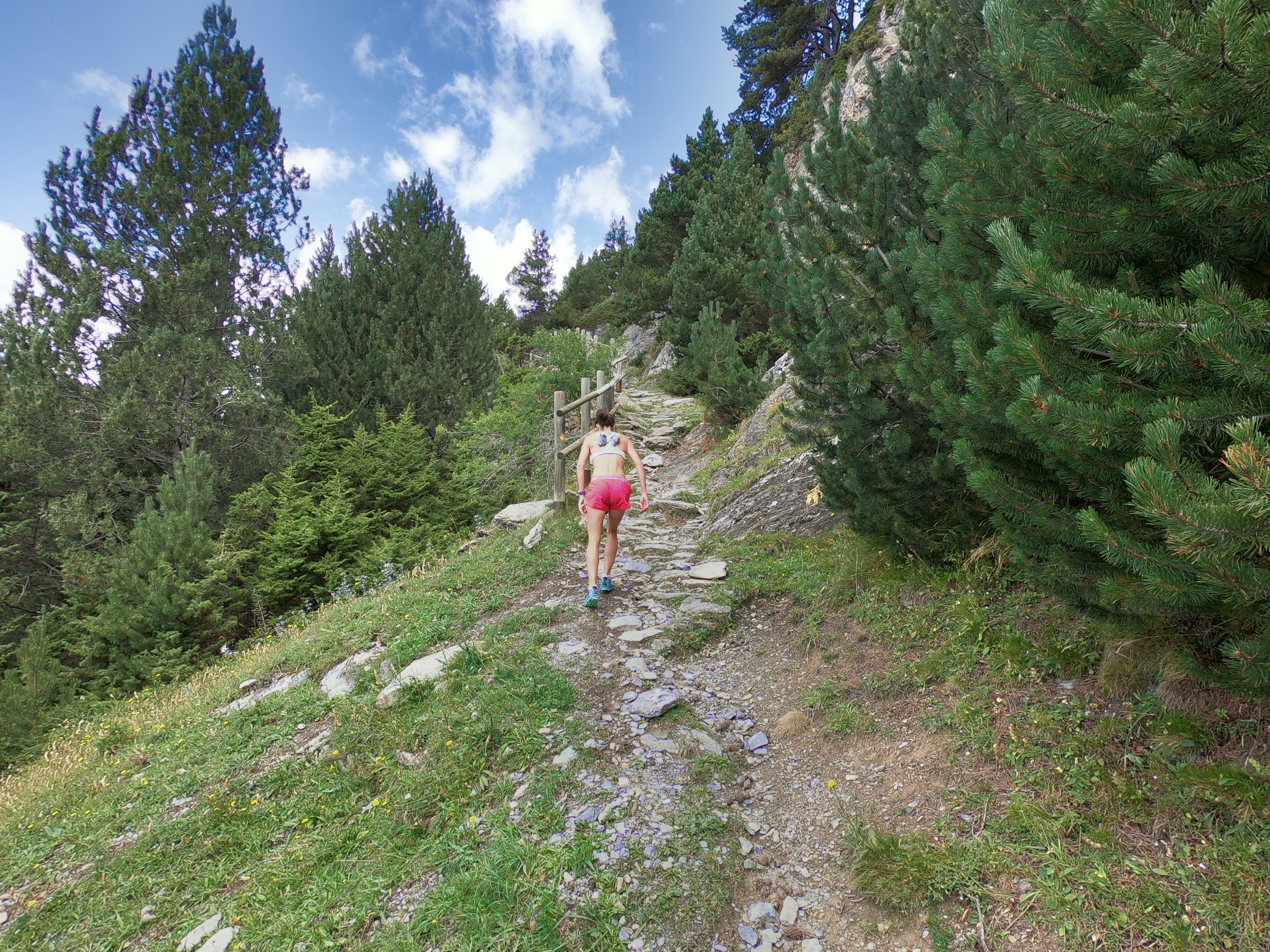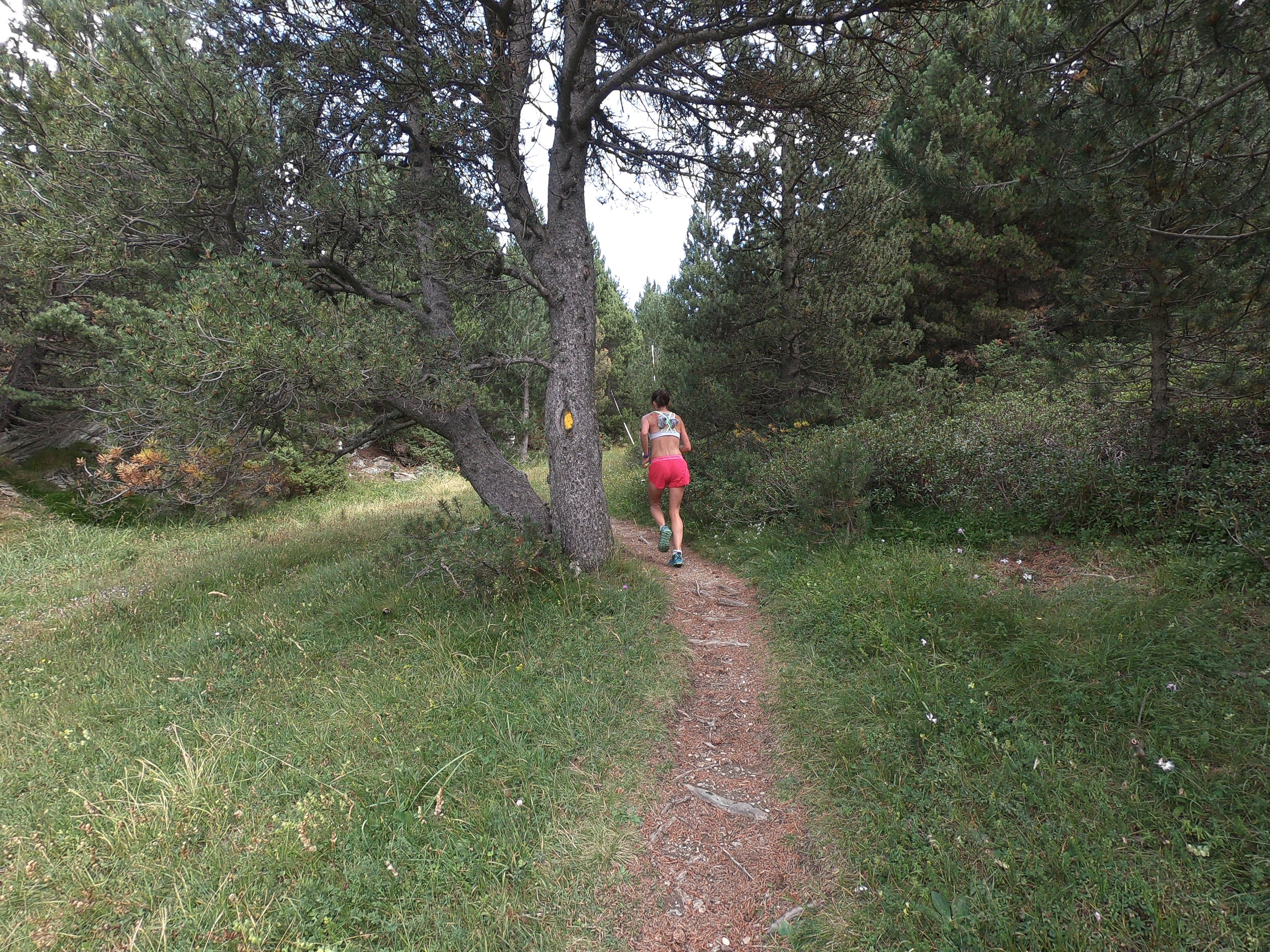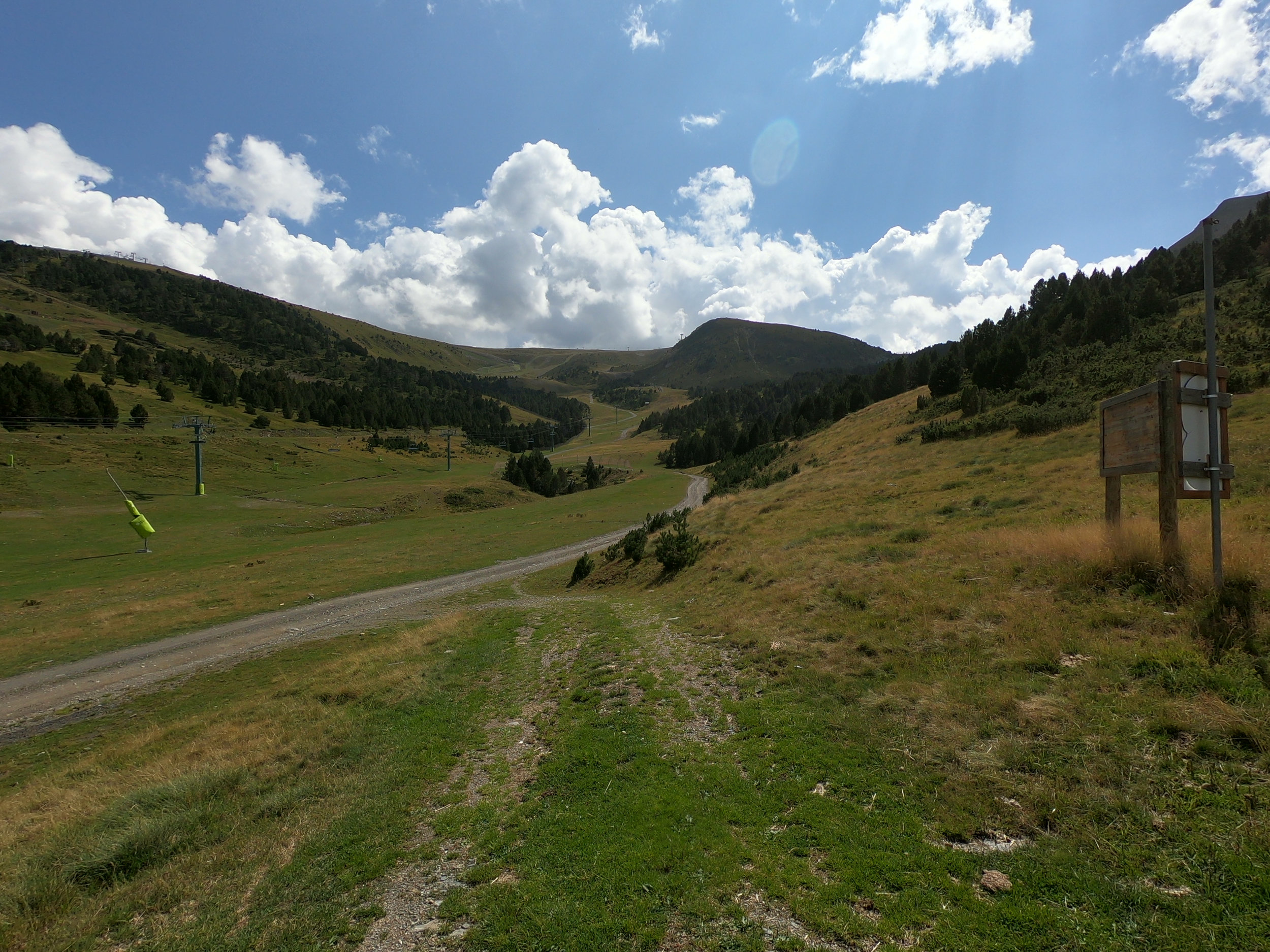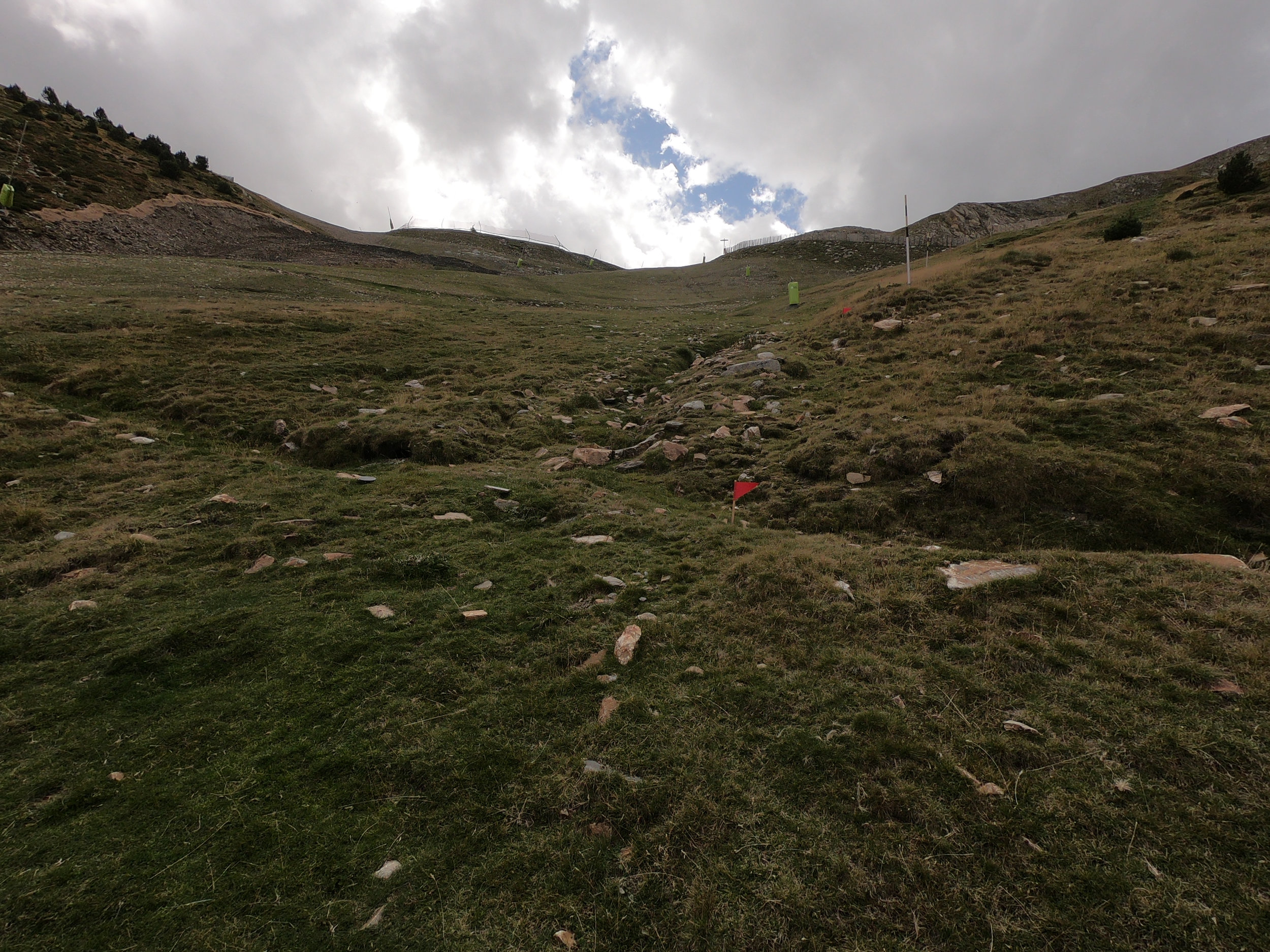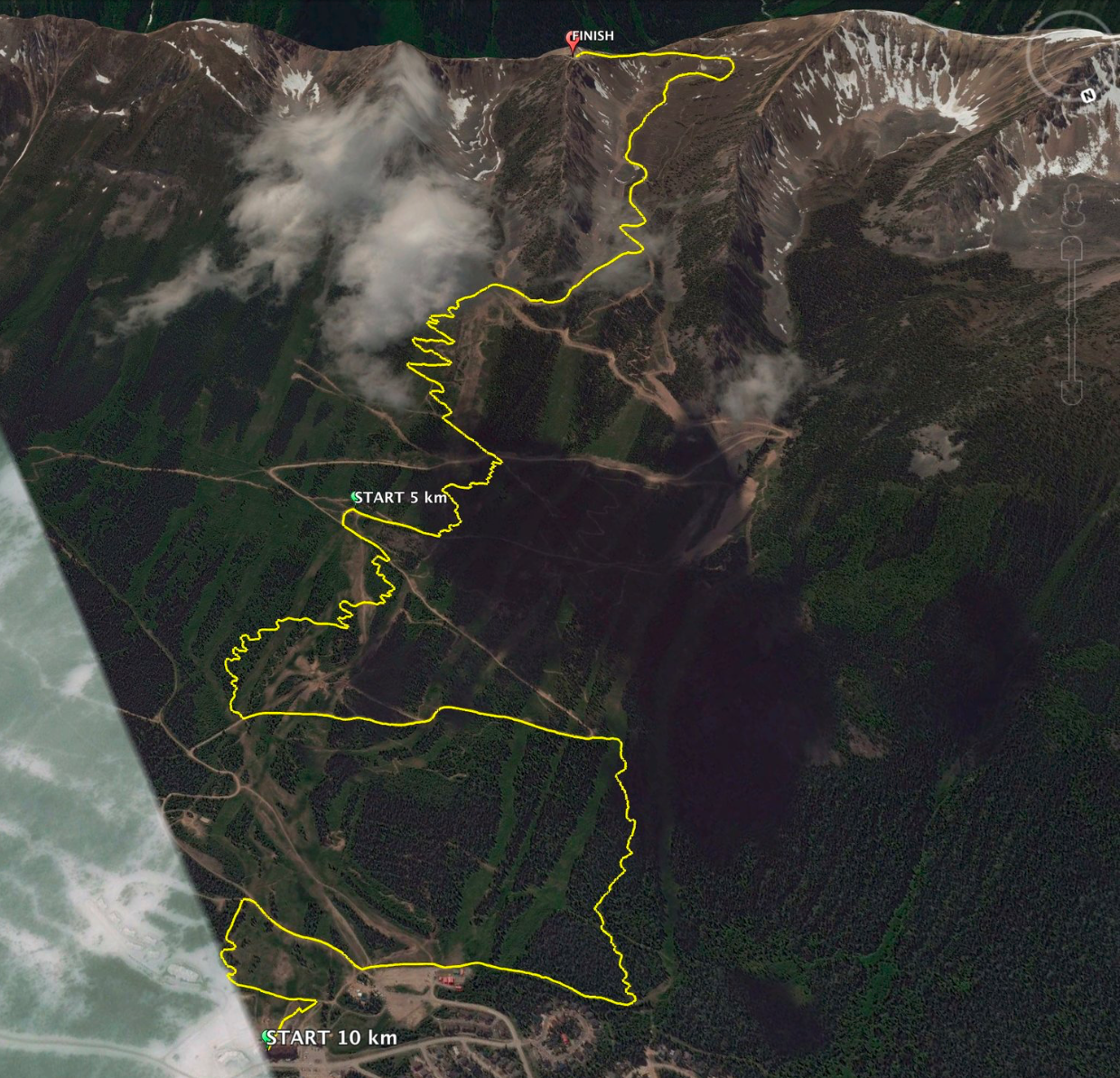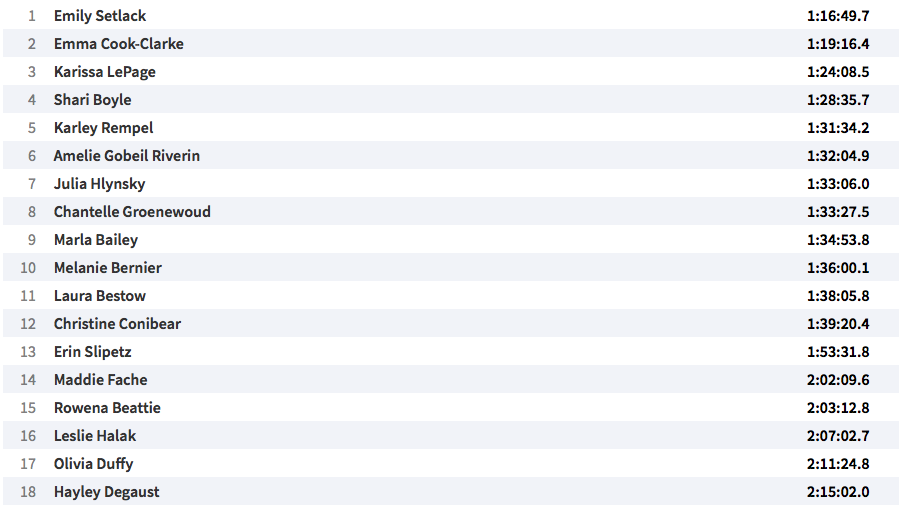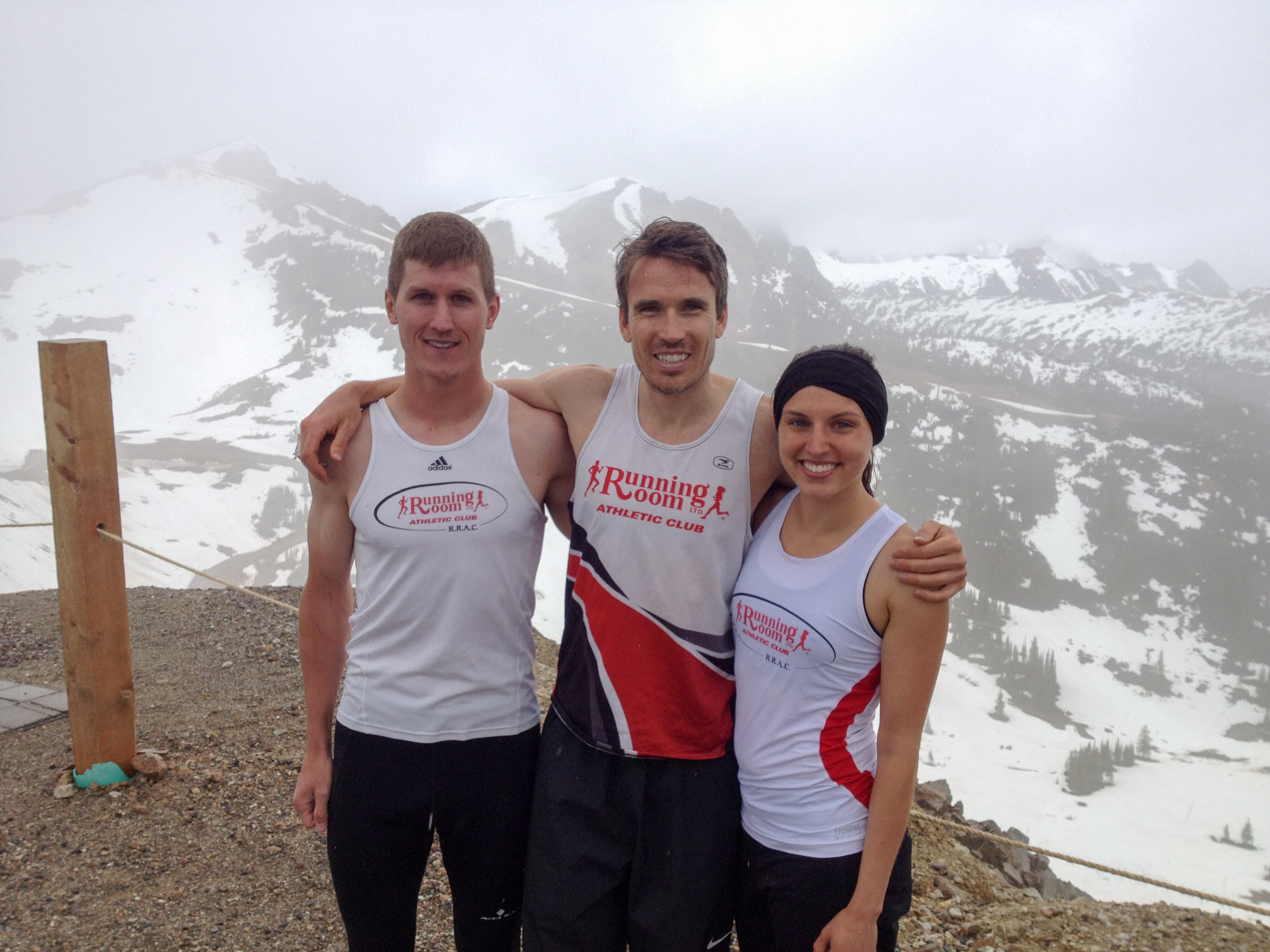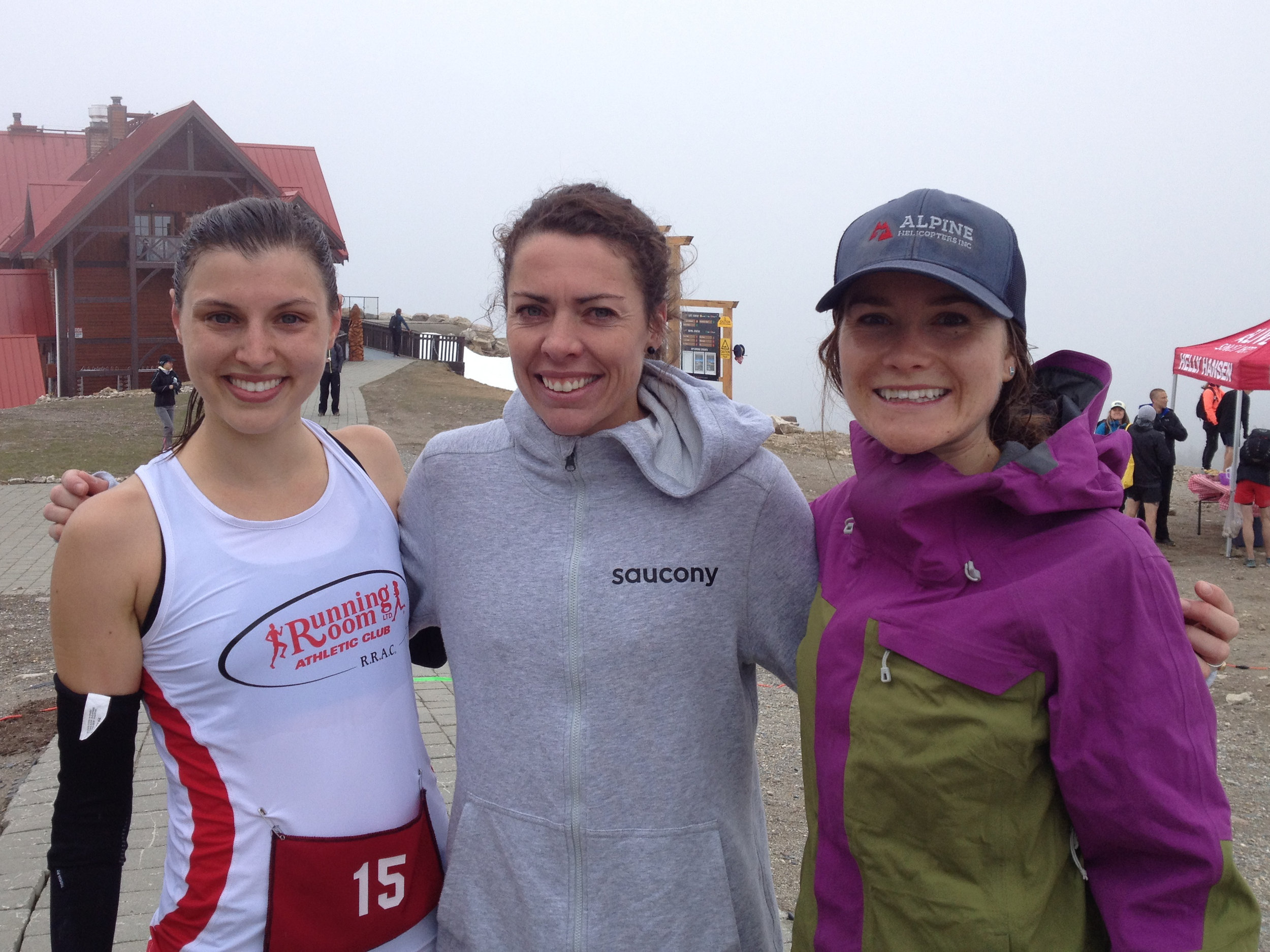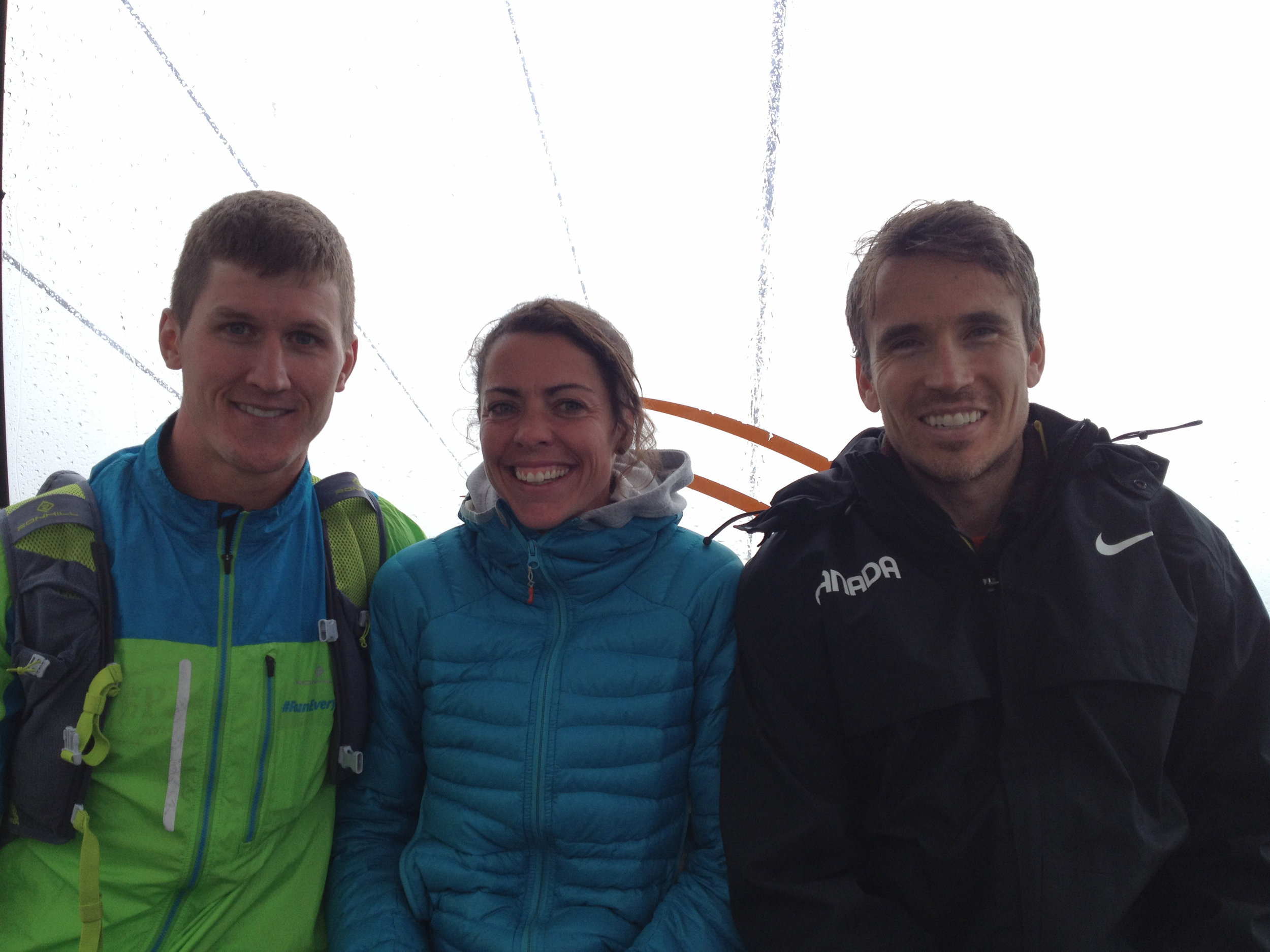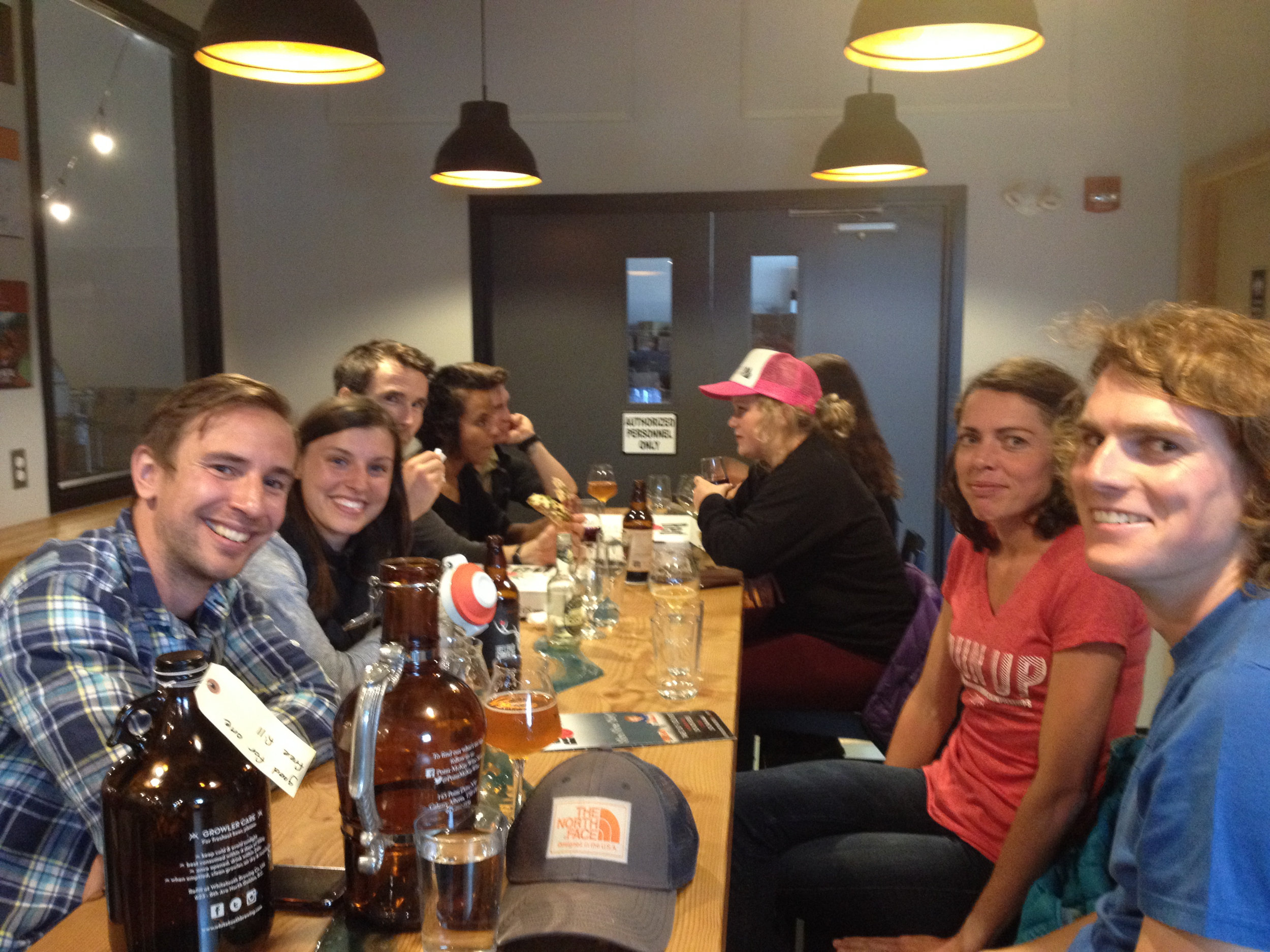By: Matt Setlack
In May 2020, I ran a distance of 1154 km in a total time of 103 hours. That is an average distance of 37 km per day in 3 hours and 19 minutes. The purpose of this article is to explain how and why I ran this much as well as to motivate others to set goals and work hard to achieve them.
Background
After the flying schools were shut down and all students were ordered to their place of sanctuary, I was lucky to be able to travel to Kingston, Ontario to be with my wife, Emily. I thought the pause in flying would last three weeks but instead it lasted much longer. In April 2020, my running was not consistent as I did not have a specific goal.
1 Million Step Challenge vs 1000 km Challenge
To give myself something to work towards, I set a goal of doing 1 million steps in May. I then thought this would be too easy as I had already completed a couple 1 Million Step Challenges in the past (one in 2018 and one in 2019, which you can read about in the “Blog” section). Therefore, I upped the challenge to running 1,000 km in May 2020. I did end up completing over 1 million steps as I completed 1.2 million steps (1,216,005 steps to be exact).
The very first thing I did was do some quick math and saw that this would involve running 32.3 km per day on average. I thought this was obtainable. However, it would involve being very consistent and not missing a single day. I decided to plan to do a 2 hour run in the morning and a 60 minute run in the afternoon. It was much easier to do two shorter runs versus one longer run.
Progression Throughout the Month
For the first four or five days, I woke up and was on the road running within 20 minutes. I didn’t eat or drink anything before the run. I found that I had to use the washroom after about an hour into the run and with the COVID-19 situation, it was impossible to find a public washroom that was open.
After day five, I improved the morning routine so that I woke up, drank a cup or two of coffee, ate a multi-grain bagel with crunchy peanut butter, drank a bottle of water, used the washroom before leaving and then started the run. This system worked much better.
The margin for success was quite thin at start of the month. I knew that if I got sick or injured and was unable to run for just one day, then I would have to run twice as far the next day (64.6 km in one day). Although this may have been possible for one day, I would likely be extra tired the day after that and then fatigue would really start to sink in. I was lucky to not get sick or injured at all during this challenge. The calendar below shows that I was quite consistent in terms of distance and time each day. It was much easier to run two shorter runs per day rather than one longer run.
From the start of the month to day twelve, my body was exceptionally sensitive to the hardness and camber of the running surface. Running on asphalt felt very jarring and not very comfortable. It took until day twelve for my body to feel comfortable running on asphalt. It took three weeks of running almost 3.5 hours per day for the effort of an easy run to feel as if I was walking.
The outside air temperature for the first half of the month ranged from 0C to 15C. There was a heat wave in Ontario towards the end of the month where the temperature felt like it was around +30C with high humidity. I prefer to run in temperatures from 5 to 10C.
How to Not Get Injured
New shoes - I bought two pairs of Hoka Bondi 6 running shoes (yellow) as shown in the photo below. Although they are a slow shoe, they are very cushioned and comfortable.
Soft surface - I ran on gravel and grass as much as possible. I avoided concrete sidewalks like the plague. My afternoon run was done on a soft surface like the K&P gravel trail or Fort Henry grass field. When running along a road, I tried to run on the gravel shoulder rather than the asphalt. Although it was a lot slower, it was significantly softer.
I did not care about pace - This was a big one. I started my gps watch once and checked it occasionally to make sure it had not stopped. I didn’t even look nor care about the pace I was running. I believe the pace was generally between 5:00/km and 5:30/km.
Non-cambered surface - I tried to run on non-cambered surfaces as much as possible. I typically ran out in the same direction as traffic and ran back against traffic or vice versa, of course always taking into safety.
No workouts/speed sessions - I didn’t run on a track or do any fast sessions.
Don’t Make These Mistakes
Two of the biggest mistakes I saw beginner runners making were that first, they dressed way too warmly for the conditions and second, they started their run too quickly and then fizzled out early. To not overdress, here is what I wore for various temperatures:
-5C to 0C: tights and a long sleeve top
0C to +5C: shorts and a long sleeve top
+5C and above: shorts and a short sleeve top
Daily Schedule
A consistent, well planned out routine was absolutely critical for me to be successful in achieving my 1,000 km goal. When it was exceptionally hot outside, I woke up at 6 am and started my run an hour earlier. I also did the second run in the evening when it was cooler instead of the afternoon.
7 am - wake up
8 to 8:30 am - start morning run
3 to 4 pm - start afternoon run
Running Kit
Simple is key.
Outdoor Research Sun Runner cap (white) - Although it looked a little silly, it worked really well and kept my ears and neck from burning. I also tried using a Buff around my neck but found it to be too warm.
Polarized sunglasses
Ronhill Stride t-shirt
Ronhill Everyday split short
Polyester Norfolk socks or polyester Wigwam Ironman socks - If you can find a pair of either of these socks for $3 to $4 CAD, then I would recommend getting them. Personally, I would never spend $20 on a pair of socks.
Shoes - four pairs total: for the morning runs, two pairs of Hoka Bondi 6, which I alternated each day and for the afternoon runs, the Altra Torin 4.5 or the Salomon Predict 2.
Sunscreen - my friend, Adele recommended Garnier Sport sunscreen so I tried it and it worked out quite well.
No Food and No Water
The morning run was typically 2.5 hours long and I never drank or ate anything on the run.
No Music
For the first time ever, I didn’t listen to any music on the run. This was highly unusual for me as I always used to listen to music on the run. Having no music really helped me to listen to my body and appreciate the environment that I was in (listen to the birds, breath in the fresh air, listen to my foot steps, listen to the waves crashing on the shore, etc).
Where did I run?
Kingston is definitely one of the best places I have ever run in my entire life. There are so many amazing routes and trails to run.
K&P (Kingston & Pembroke) Trail
My wife, Emily and I ran on the K&P almost every afternoon. It is gravel and really soft. I preferred to run on the rural section of the trail north of Unity Road since it is generally less busy. Every time we run on the K&P, we see wildlife such as birds, snakes, chipmunks, deer, horses, cows, squirrels, porcupines, coyotes, and many more. There are km trail markers that are mostly red but some are blue.
Fort Henry
Fort Henry is just above Royal Military College next to Canadian Forces Base Kingston. The surface is really soft and there is a grass track mowed into the grass. Each lap is around 3 km, I believe. Fort Henry is where the Canadian Cross-Country Running National Championships have been held for the past few years.
Great Lakes Waterfront Trail
This is not really a “trail” but instead more of a road route along Lake Ontario. There are plenty of signs posted on poles, which is really nice. There are very good maps online for free.
Rideau Trail
This trail runs 300 km from Kingston to Ottawa. I started running on it just west of the Cataraqui Golf Course in Kingston. Compared to the rail trails (Cataraqui and K&P), the Rideau Trail is a lot more rugged. It is marked by orange and blue triangles, which are affixed to trees or poles.
Cataraqui Trail
This is one of my favourite trails in the Kingston area. We usually start at Yarker, Sydenham or Perth Road Village. The Trans-Canada Trail (The Great Trail) overlaps parts of the Cataraqui Trail and K&P Trail. Like the K&P Trail, the Cataraqui Trail is a rail trail.
I hope you have enjoyed this article. If you have any questions or comments, please feel free to contact me via the contact link above.
Keep fit and have fun!














